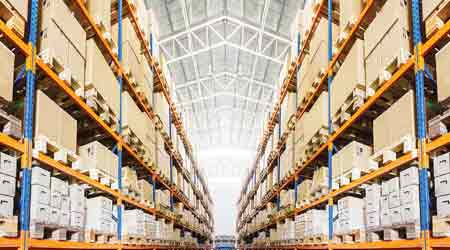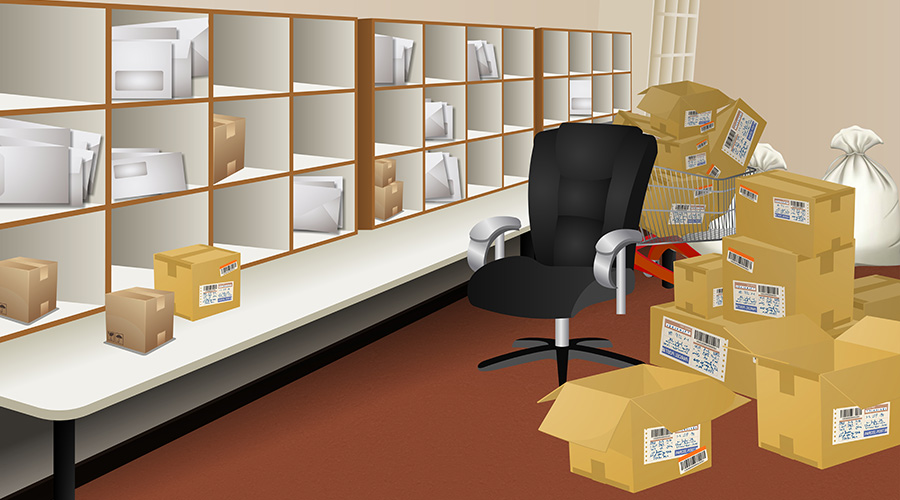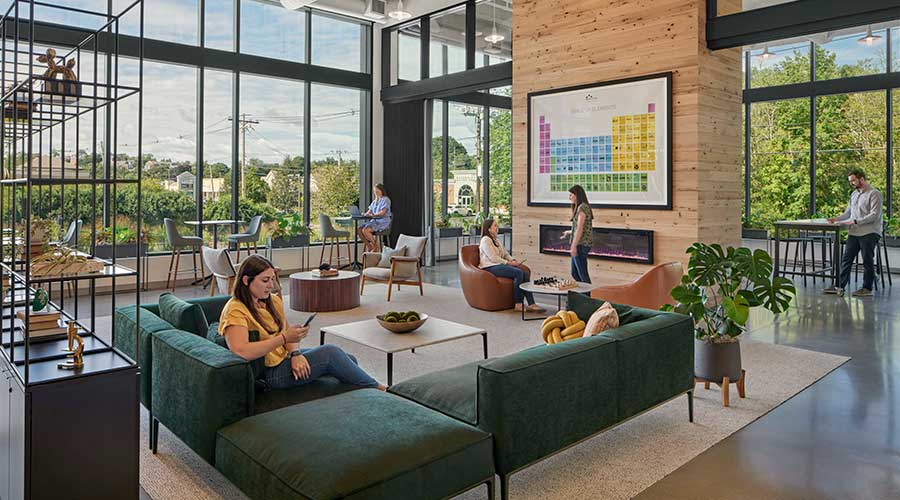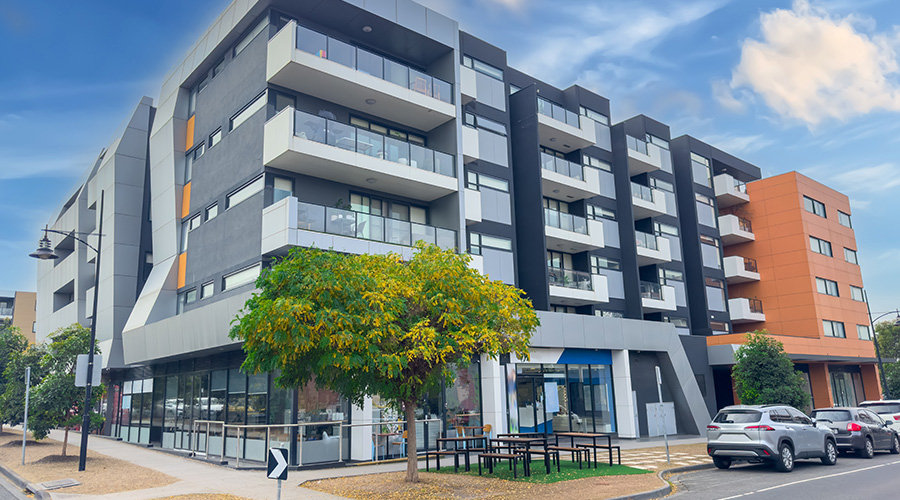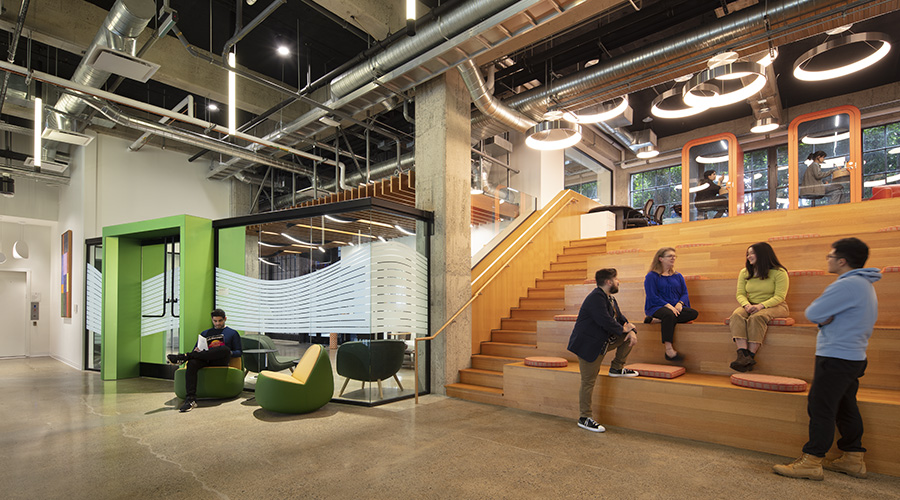Facility Innovations in Warehouse Design and Operations
FM contribution includes lighting, HVAC, and loading dock design.
With warehouse lighting projects, facility managers are required to understand which items are picked more frequently. One strategy is to use sensor-controlled digital fixtures and organize the aisles so that the most frequently picked items are all in the same aisles with the easiest access. With this technique, large portions of the warehouse can be kept dark, meaning virtually no lighting-related electric costs are incurred.
Optimal HVAC system design is critical for worker comfort and productivity. To achieve these results, HVAC systems need to be modeled using building software that takes into account the type of building, geographic location, and the building envelope, including the fenestration and the amount of insulation. Lighting controls, HVAC controls, and other building controls can further enhance the performance of a properly designed building.
Narrow-Aisle Forklifts – Getting the Thick Through the Thin
Distribution center forklift operations are typically managed by the facility department. For example, forklifts have adapted to density needs of warehousing through the use of very narrow aisles. Very narrow aisles allow facility managers to store more products in comparison to traditional rack configurations. This means of warehousing created the need for changes in forklifts. Very narrow aisles create very large and dense storage situations where visibility is limited. To prevent accidents, forklifts in facilities with very narrow aisles are typically stopped via magnets. Forklifts in very narrow aisles situations are now run on strong cables to prevent forklifts from bumping into the narrow rack arrangements.
Facilities Designed for Co-packaging
The major transportation, logistics, and distribution companies are increasingly getting better at distributing goods than the original equipment manufacturers. Moreover, many distribution centers are now expanding their offerings to include co-packaging services. Co-packaging is the outsourcing of the packaging of product from OEMs to transportation, logistics, and distribution companies. Co-packaging is a service where the necessary packing capacity, machinery, and supplies are used to transform raw, unpackaged product into the product that is sold on store shelves. This procedure involves price labeling, multi-packs, sample packs, special packaging, and display packs.
GSC Packaging moved into a renovated 100,000 square foot Atlanta facility designed to optimize co-packaging. An article in the June 24, 2013, issue of Packaging World, is an excellent example of the crucial role facilities management plays in co-packaging: “The new packaging facility also features a state-of-the-art layout and design, the latest air-handling technology, lot code tracking, real-time computerized inventory control, dust control and air-conditioned storage. The facility layout was custom designed to isolate products into separate suites that package only one specific product at a time to prevent cross-contamination — with cameras in each individual production suite for added security.”
Collaborative Robots
Often referred to as “cobots,” collaborative robots are specifically designed to facilitate the human-technology interface. Cobots also improve security for warehouse workers. By working alongside humans, cobots can manage risks better because of their sensitivity and programmed systems.
XPO Logistics deployed approximately 5,000 cobots in warehouses across North America and Europe in October of 2018 alone. These intelligent robots are designed to supplement XPO’s existing workforce and support future growth. The ultimate goal: to improve fulfillment time at reduced costs. With these cobots comes the need for software to operate and control them. The need to analyze the retrieved data in real time (to determine the best order for picking a series of items or storing them) is termed as “machine learning,” which enables increased automation and flexible handling of surges in volume.
Universal Robots, Inc. has sold more than 27,000 cobots used in several thousand global production environments each day. They have worked with companies such as Orkla, to package goods, and Continental Aktiengesellschaft (AG), to pick and place goods in logistic operations while manufacturing industrial products. Cobots help to automate operations and reduce risk of injury to human workers, as well.
Putting Things in Their Place: Robot Truck Loading
Facility managers are an integral part of bay door and loading dock structural design. Automatically loading and unloading products in distribution systems and warehouse floors provides an economical and safe way to load product directly onto truck trailers. Robotic truck loaders are also capable of unloading cargo and product off trailers into the warehouses.
Robots can also move work parts to or from the production machine. This is called "material handling operations," and involves machine loading and unloading. The only difference is that certain robotic truck loaders are used to load/unload finished goods, while other robotic loaders are used to load/unload work-in-process. Generally, these robots are used in material handling operations and loading/unloading operations in warehouses and distribution centers.
Related Topics:








